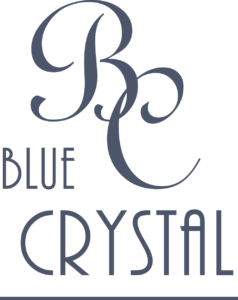How to calculate rental yield on a property?
WHAT IS RENTAL YIELD?
Thinking of purchasing a buy-to-let property? Prospective landlords need to familiarise themselves with the term ‘annual rental yield’. This is the gross amount of rent an owner is likely to receive over the course of a year. If you’re new to buying-to-let, working out rental yield is not too taxing. Just learn the following calculation.
Put simply, rental yield is the amount that you can expect to receive from your buy-to-let property over the financial year. Rental yield is always stated as a percentage; the overall result depends on several factors, from property value to interest rates and ongoing maintenance costs.
HOW DO I WORK OUT MY RENTAL YIELD?
The initial calculation for gross rental yield is simple to do. Take your annual rental income, divide it by the value of the property, times by 100. Here’s an example:
- Your buy-to-let property cost you £500,000
- The tenant pays £2000 a month in rent
- Annual rental income is therefore £24,000
- Now divide it by 500,000 x 100 = annual yield.
The figure is always calculated as a percentage: 24,000 / 500,000 x 100 = 4.8%
Remember that your calculations will not take into account factors that might affect the percentage. These factors include changing property values and interest rates, and extra costs like mortgage repayments and insurance fees. Working out the true figure will give you your net rental yield, a more accurate representation of what you are likely to accrue.
HOW CAN I MAXIMISE MY RENTAL YIELD?
Ensuring your tenants stay put no matter what happens through the year is the most basic to maximise your rental yield, because it ensures a steady stream of income.
A simple step to increasing your returns is to increase the rent, especially if the rate had initially been set on the low side. Don’t forget to always consult your Assured Shorthold Tenancy Agreement to make sure this is legally acceptable.
Remember also that if you lose a tenant due to raising the rent, the cost of bringing in new tenants may override your new and improved rental yield.
How to keep good tenants
HOW WILL THE BUY-TO-LET TAX SCHEME AFFECT ME?
In existence since April 2017, the UK’s buy-to-let tax system prevents a landlord from deducting their mortgage interest payments from any rental income when calculating tax. Any and all rental income is taxed, with 20% tax credit on mortgage interest coming back to landlords by way of return.
Is buy to let investment right for you
WHAT ELSE CAN I DO TO MAXIMISE RENTAL YIELD?
The most simple rule of thumb for maintaining a strong rental yield is to buy a great property and invest in any updating. Fill it with good tenants who are prepared to pay market value or above, and keep them in place through thick and thin. Keeping tenants happy (and therefore in place) can include:
- Setting a fair rent at the outset that suits everyone
- Allowing pets in the property
- Solving maintenance issues swiftly and efficiently
How to manage your rental property effectively
WHAT SHOULD I DO IF I’M MAKING A LOSS?
Losses can happen for a number of reasons. Lack of tenants, trouble with mortgage repayments? In such cases act immediately, getting advice from your lender, who may be able to help.
In the event that you decide to sell a buy-to-let property, you will be legally obliged to give your tenant fair notice. Doing so will give you clarity over the situation and allow you to fix issues efficiently. If you need help, seek professional advice contact from a debt charity such as StepChange.
Try to enjoy being a landlord! It can be a rewarding and painless task, with the right property, tenants and payback.
Please contact Pelin Martin to book a 30-minute complimentary property consultation on +0208 994 7327 – pm@bluecrystallondon.co.uk


